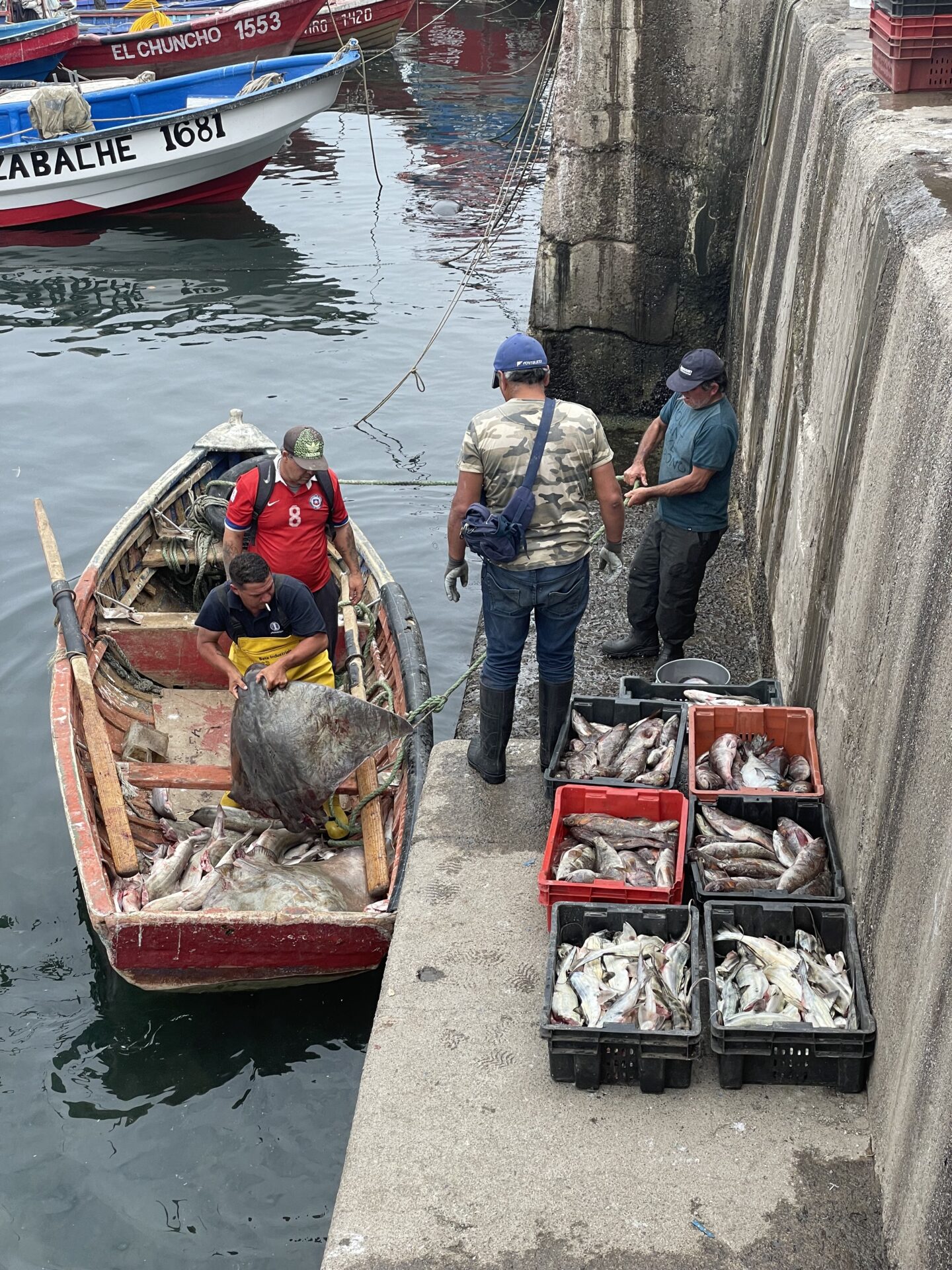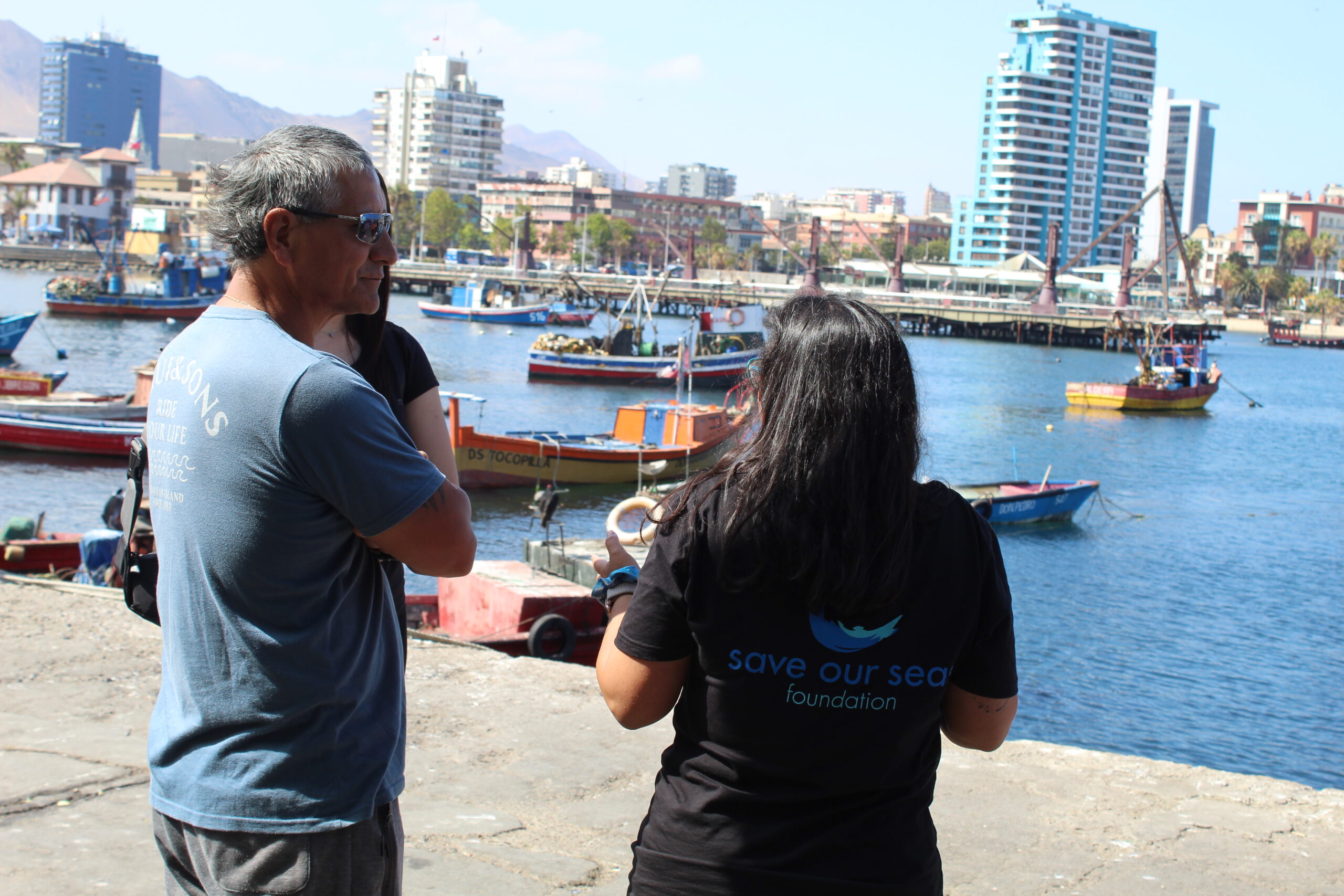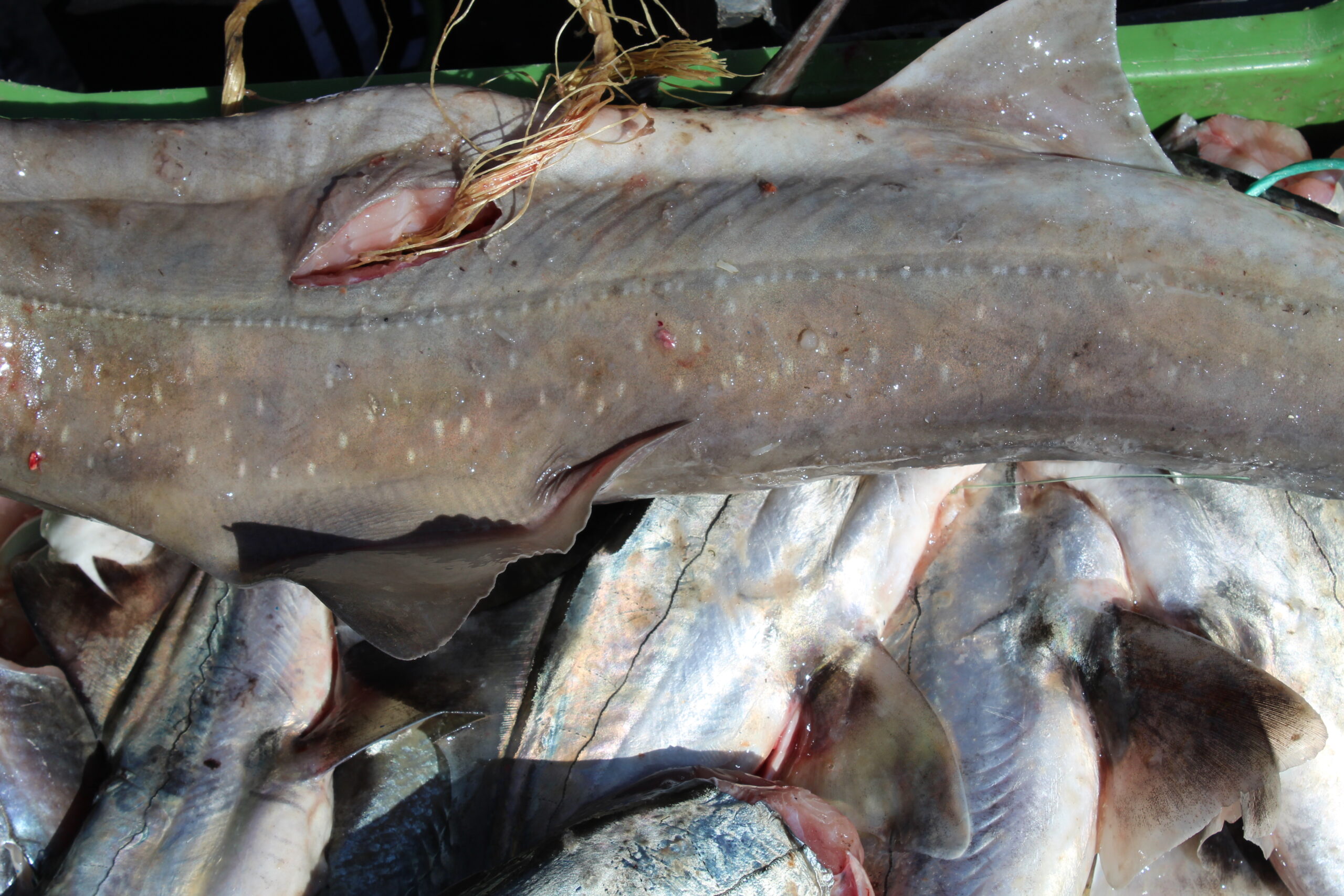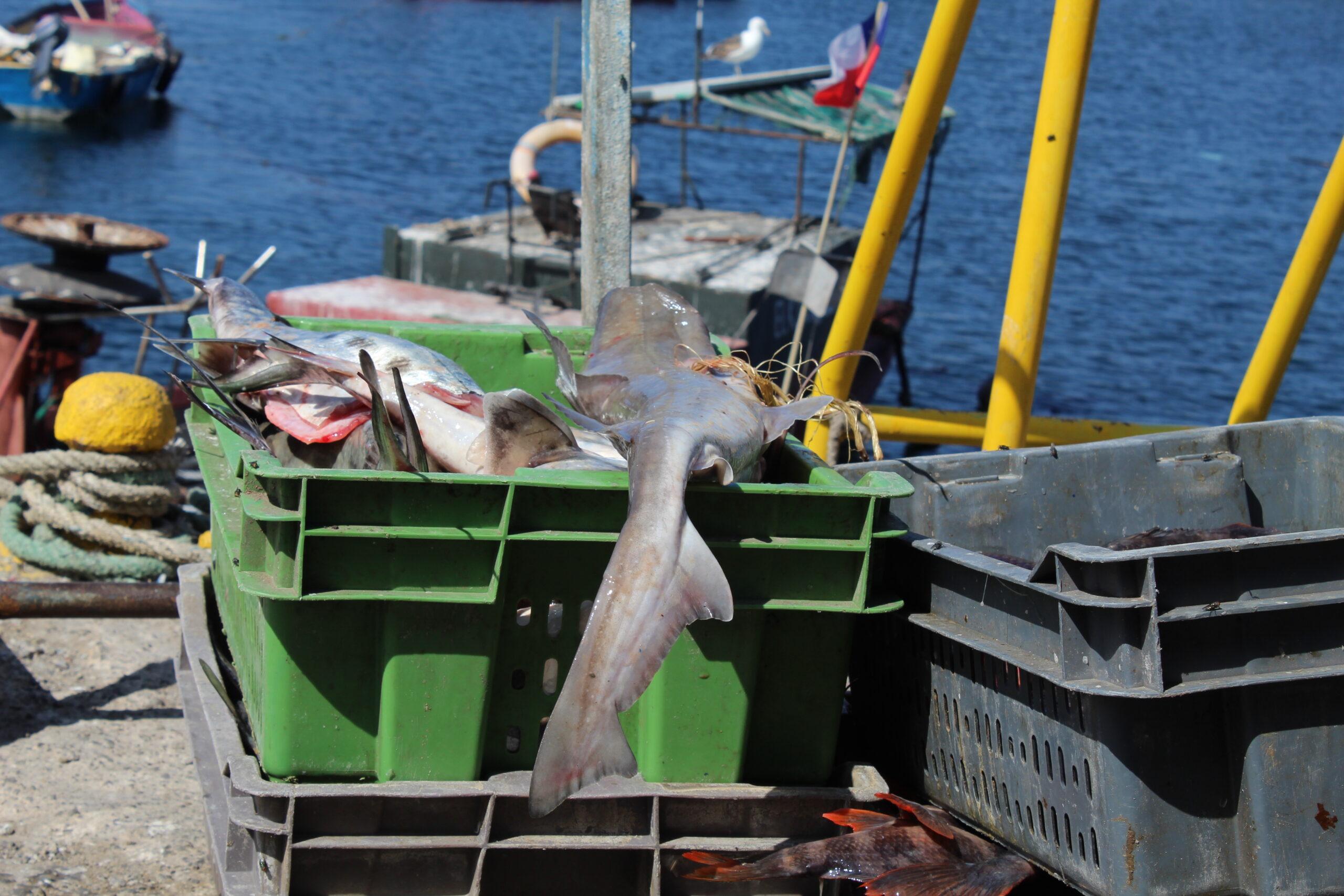Sharks in the Atacama Desert
A must-do as a traveler in Chile is to visit the local fish markets, which can be found all over the country. Here you can find a wide variety of seafood with mysterious shapes and colors that amaze the foreigner. Personally, I enjoy doing this every time I can, and when I first came to Antofagasta back in 2018, I went straight to the fish market in the heart of the city. It was a bit of a surprise to see so many shark carcasses among all the usual fish in Chilean cuisine, such as Bonito, Jurel, Merluza and Reineta. For most Chileans, sharks are restricted to tropical paradises, documentaries, and the cinema, leading to the misconception that there are no sharks in Chile, nor is there any fishing or trade in shark meat. Usually, sharks are not seen in the “open” at local markets, and they are sold under made-up names (just for marketing purposes), as Chileans say that they “do not eat shark meat”. However, recipes for “tollos” and “pejegallos” (all shark and shark-related species) can be traced back to early colonial times.

Fish Market in Antofagasta. Photo © Carolina Vargas-Caro

Landing site at the Fish Market. Photo © Carolina Vargas-Caro
As a newbie in northern Chile, this scenario came as an unexpected shock. But as I approached the fishers, I realised that this was just a regular Wednesday. It turns out that fishers have been catching and trading shark meat for decades, although official landing records do not include any data from coastal, artisanal and subsistence fishers. Most of the shark meat traded in local markets between Arica and Taltal (the northern Chilean coast), comes from species caught incidentally (not targeted) in shallow water and coastal gillnets. Many of these sharks are endemic to Chile and Peru and are heavily fished throughout their distribution range.

Talking to the fishers helps us to get a sense of the interaction between them and the sharks. Photo © Carolina Vargas-Caro
However, the unseen fishing scenario in Antofagasta may become a window of opportunity for conservation, as not many fishers are interested in sharks. For me was vital to get to know the anglers and this ecosystem, to understand what was happening and how I could help. I have been living in town for a few years now and, together with the Shark Conservation Program (Programa de Conservación de Tiburones), I have been tracking shark trade in Antofagasta, and so far, we have documented 10 species of sharks, rays and chimaeras that are sold under the label “shark meat”. Among these, the speckled smoothhound (Mustelus mento), the humpback smoothhound (Mustelus whitneyi) and the Spottedhound (Triakis maculata) are listed by the IUCN as “Critically Endangered”, with a high probability of extinction within the next two generations, mainly due to population decline caused by overexploitation.


Sharks landed at the Fish market (Mustelus mento and Callorhinchus callorynchus). Photo © Carolina Vargas-Caro
Stay tuned for the next blog post, where I will explain more about the ecosystem of San Jorge Bay in Antofagasta, and how fishers and anglers, are now being empowered towards a self-regulated and sustainable fishery. We strongly believe that promoting responsible fishing will help to reduce shark mortality and reduce their risk of extinction in the short term.
